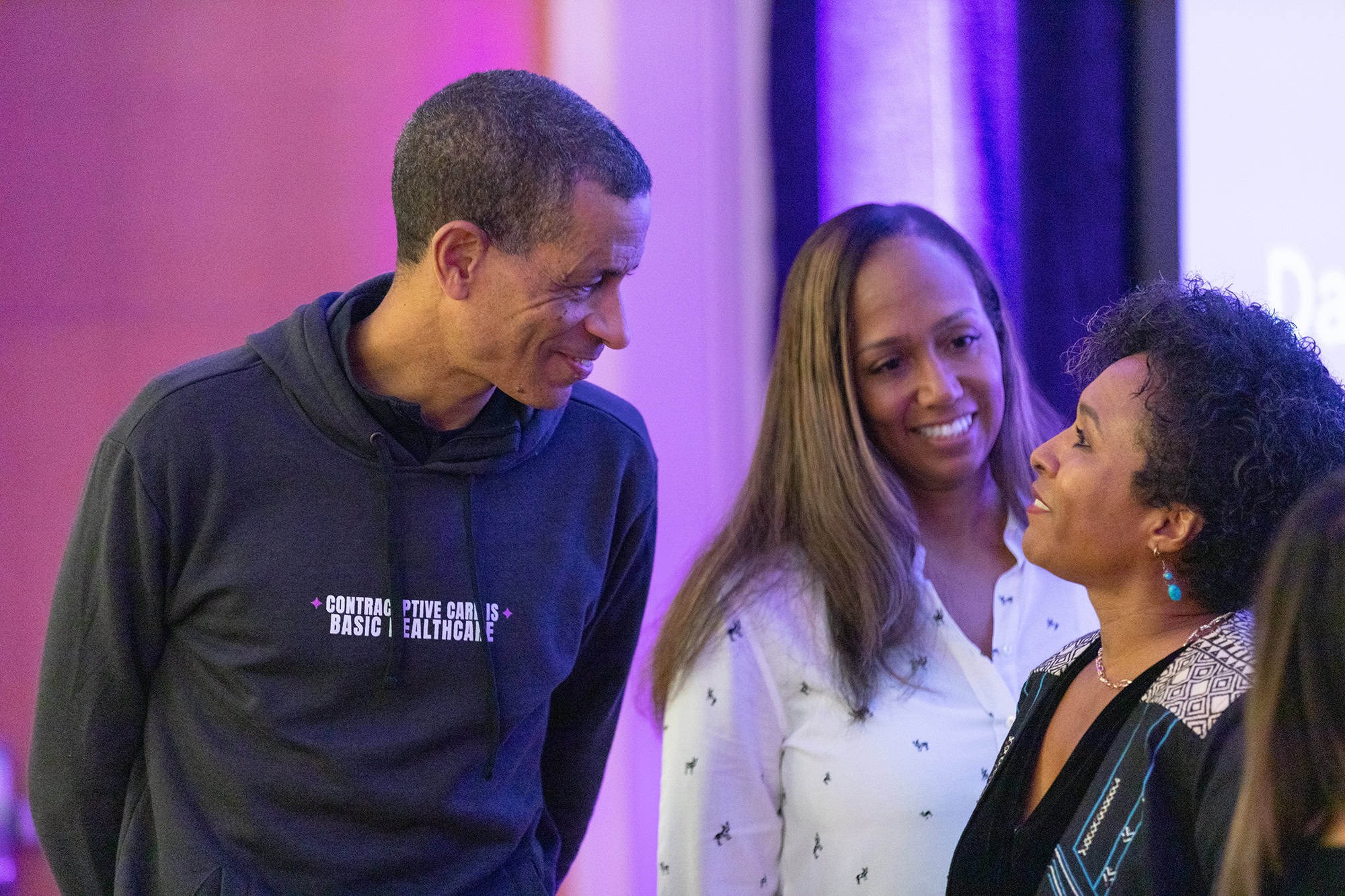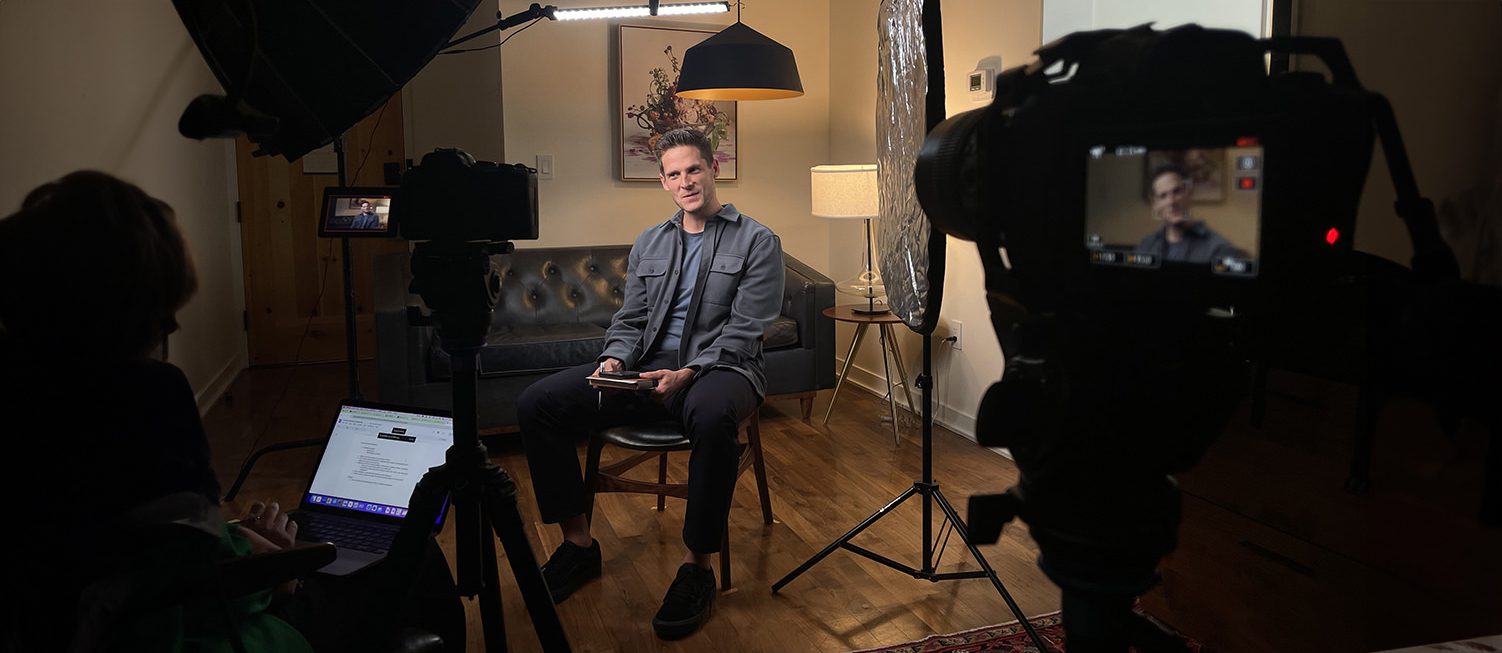When we talk about building a brand with staying power, we often jump straight into tactics—video content, social media scheduling tools, new logos, even AI prompts. But before we go there, we need to ask a much more foundational question:
Are we actually showing up in a way our audience understands, trusts, and wants more of?
To help answer that, we created what we call the Attention Score—our simple way of evaluating where your brand stands and how your content can start driving serious business impact. It’s grounded in four essential pillars:
The 4 Pillars of How You Gain Attention:
- Audience Focus
- Is your content created with a clear strategy and vision to ensure your audience is hearing you?
- Brand Foundation & Presence
- Are you showing up consistently and professionally to your audience?
- Engagement & Interaction
- Are people interacting with your brand and sharing your message?
- Brand Omnipresence
- Are you showing up everywhere your customers are online—consistently and with intent?
In this blog, we’re going to spend our time on the second pillar: Brand Foundation & Presence—because without it, your content system is basically a house built on sand.

Let’s Be Honest: Your Brand Might Be Showing Up Like a Frankenstein
We’ve all been there. Between “just get something up on LinkedIn” and “we need this campaign live by EOD,” content can quickly start to feel more chaotic than cohesive.
And when that happens, the result is what we lovingly (or not-so-lovingly) call Frankenstein content—a patchwork of different styles, voices, visuals, and tones that don’t quite talk to each other.
Your last 10 social posts look like they came from 10 different companies.
Your headshot still screams “2018 startup founder.”
Your video content swings between “Hollywood trailer” and “phone selfie.”
This isn’t just a vanity problem—it’s a conversion problem.
Because in today’s scroll-heavy digital landscape, your presence is your promise.
According to Edelman research, 81% of consumers need to trust a brand before they’ll even consider buying from it. So if your content is inconsistent or confusing, you’re not just losing attention—you’re losing revenue.
Why does all this matter anyway?
Why Consistency Matters: The 7-11-4 Rule
You may have heard of Google’s 7-11-4 Rule—it’s not a new marketing theory, but it’s one that quietly explains a lot of modern buyer behavior. The idea is simple:
For someone to feel ready to buy from you, they typically need:
7 hours of interaction,
11 touchpoints,
and 4 separate locations.
That means your audience isn’t just judging your brand based on one great video or a clever LinkedIn post. They’re picking up clues across emails, videos, your homepage, your founder’s social feed, that random podcast you were on, and even your old blog posts from 2020.
The takeaway? Brand presence isn’t a single moment—it’s a pattern. And patterns only form with consistency.
So if your content is fragmented, off-brand, or hard to find, you’re making it way harder for buyers to feel confident saying yes. But if you’re showing up consistently—with clear messaging, aligned visuals, and a recognizable voice—you’re building that 7-11-4 foundation faster (and more effectively) than your competitors.
The Myth of “Good Enough”
Many growing brands believe “getting something out” is better than doing nothing. And while done is better than perfect, random is not better than consistent.
What gets lost is this:
Consistency isn’t about perfection. It’s about predictability. And predictability is what builds trust.
In fact, consistent brand presentation across platforms can increase revenue by up to 33%. That’s not a cute stat—that’s a bottom-line impact.
McKinsey found that top-ranked brands outperformed competitors’ return to shareholders by 74%.
Strong brands command a 13% price premium.
And 60% of customers expect brands to provide consistent information across all platforms.
Your dream clients aren’t asking you to be the flashiest brand in the feed. They just want to know what to expect from you—and that they can trust you’ll deliver.
Gut Check: Is Your Brand Foundation Solid?

Let’s audit what you’ve already got. Ask yourself:
- Is it instantly clear who we serve?
- Would a stranger understand what we stand for?
- Does our content feel like a person talking—or a brochure yelling?
- Do our visuals feel aligned, or all over the place?
- Are we proud to send a prospect to our site or LinkedIn?
And the real kicker: Would they like us?
Because it’s not just about competence—it’s about connection. Over 90% of B2B buyers trust recommendations from their peers over a company’s marketing. That means your brand isn’t just competing for attention—it’s competing against the trust your prospect already has elsewhere.

The B2B Landscape Is Changing Rapidly. Is Your Brand Ready?
There’s a new wave of B2B decision-makers—Millennials and Gen Z—who engage on platforms like LinkedIn, YouTube, and Instagram for education, inspiration, and solutions.
They don’t want polished perfection. They want content that feels modern, sharp, and aligned with your values. If your brand doesn’t speak that language, it’s going to get tuned out.
Here’s what this shift means for your brand:
- You need to show up with both value and personality
- Your tone should match your audience’s style and pace
- You can’t just post for the sake of posting—it needs to align with your strategy
- Influencers matter (yes, even in B2B)
- A dated presence signals a dated solution—even if your product is excellent
How to Start Strengthening Your Brand Presence (Without Burning It All Down)
If this feels a little too real, take a breath. No need to redo everything. Here’s where to begin:
✅ Pick one channel and clean it up. Start with LinkedIn—it’s where 62% of Gen Z and Millennials in B2B spend time.
✅ Update your visuals. New headshots, refreshed graphics, and simple branding upgrades go a long way.
✅ Define your tone. Friendly? Insightful? Edgy? Choose one and stick with it.
✅ Rotate 3 core content themes that reflect what you do, what you believe, and how you help.
✅ Build simple brand guidelines so your team—or your freelancer—stays aligned.
Over 60% of brands agree that strong brand consistency drives lead generation. And it shows up across every touchpoint, not just your website.

TL;DR: Don’t Just Show Off. Show Up.
You don’t need more content. You need better-aligned content that shows up consistently and authentically.
Because your best-fit clients aren’t asking for more noise.
They’re asking:
“Do you understand my world?”
“Can I trust you?”
“Are you someone I’d want to work with?”
And when your brand presence answers those questions with a resounding yes—your marketing works harder, your sales process shortens, and your revenue grows faster.
P.S. Want to know how you’re stacking up?
If your brand is based in Denver, and you’re curious how your brand is stacking up—or want help building a content system that actually works—we’d love to set up a free brand audit and walk through this together.




